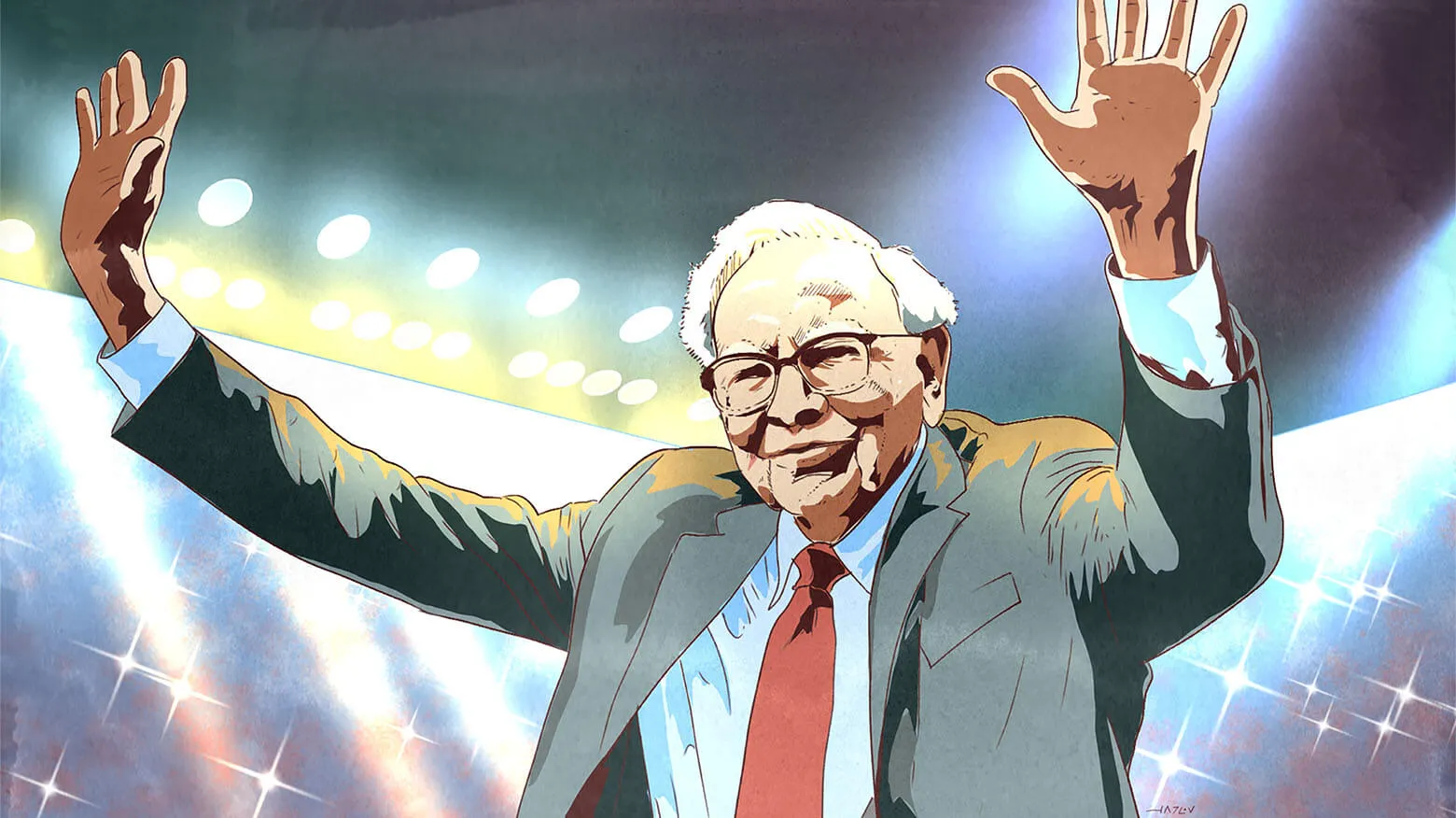I wrote this before the war in Ukraine began. The thesis of this article has become even more pronounced since then: European countries have drastically rethought their defense budgets, and the West’s relationship with China has further deteriorated. Defense stock prices have risen since then, but in this volatile market, they may present opportunities again.
Defense Stocks
We purchased several American and European defense companies. We like these businesses for several reasons: Their business will not be significantly impacted by or changed by the coronavirus. The government will maintain military production, and maintenance of submarines, aircraft, and tanks will continue with or without social distancing.
Also, the world is not becoming safer. Nationalistic tensions were on the rise before the virus; but despite the stump speeches by politicians about job losses due to globalization, companies had little incentive to bring manufacturing back to the US. This has changed. The virus exposed the weaknesses of the global trade and just-in-time inventory systems, which were efficient (required less capital and resulted in lower costs) but not resilient (could not handle shocks and interruptions and conflicting geopolitical interests).
The US’s inability to manufacture something as simple as an N95 mask was a wakeup call that we need to bring our strategic manufacturing back on-shore. On-shoring will start with strategic items. However, the definition of “strategic” will expand. In the past the defense industry was strategic. The new definition won’t apply to just that industry (and to masks and active pharmaceutical ingredients) but to other advanced technologies as well. Taiwan Semiconductor, one of the largest semiconductor manufacturers, has announced what would have been unthinkable even six months ago: It will build a $12 billion factory in Arizona that will manufacture microprocessors. Tech manufacturing is usually done in clusters, and this means the semiconductor supply chain may partially migrate to the US.
We don’t want to be party spoilers here, because this is good news for the US, as it will bring jobs back here. But factories like this one will bring fewer jobs than the tens of billions of dollars of investment in them would seem to imply. To be competitive with Asian counterparts, which have a lower cost of living and thus lower labor costs, these factories will need to be incredibly automated, and thus capital (machines and robots) will be doing most of the work, not humans.
Also, this means China will be pouring billions of dollars into subsidizing their own tech sector – it doesn’t want to be reliant on the US any more than we want to rely on them. This is not good news for our tech companies – the likes of Qualcomm and Micron – as the Chinese market will be shut off for them in the future (this is why we reduced our Micron position).
The positive side effect of global trade that we rarely think about is that it has created deep interdependencies among trading countries and thus made the world safer. It forced us to trust each other more. Reversing globalization, in tandem with the US’s stepping away from the role of global leader (not a political statement, just a fact), makes the world less safe. Thus, despite governments’ budgets being strained by COVID-19, we think defense spending will continue to go higher (financed by governments printing money), not just in the US but in Europe as well.









Dear Vitality,
I always like your writing; especially on companies. You do your homework and often bring a different perspective.
I have an issue/question re defense companies. I get the monopolistic/oligopolistic attractions but i also wonder about loss of competitive drive and instinct when a company is essentially operating under a cost plus contract model…on top of it the “client” is someone who generally doesn’t operate under a profit model. Doesn’t it end up with sloppy run companies and poor ability to innovate. A prime example is how SpaceX is eating the lunch of every legacy satellite manufacturer….would one of those entities ever thought of developing a reusable rocket? In an age of accelerating technological developments ( if i may paraphrase Ray Kurzweil), how safe is the moat?
Best
Brian